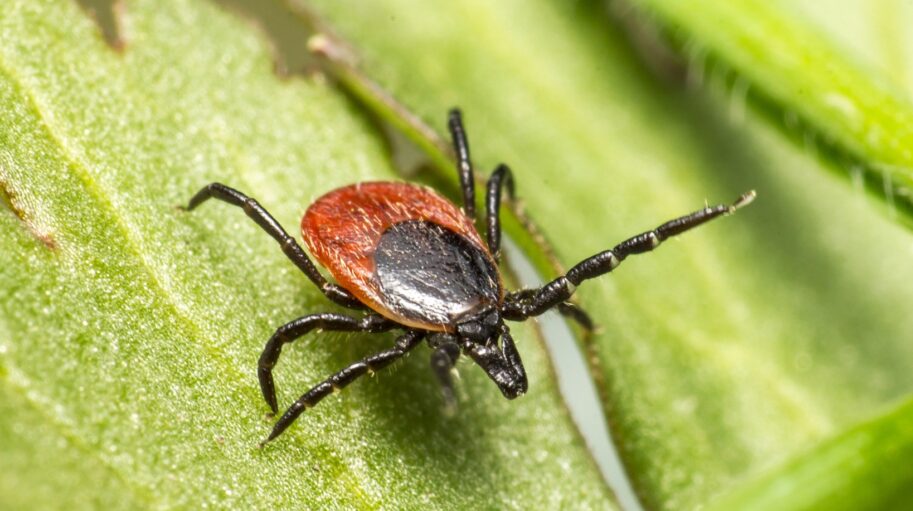Insect Bites, Tick Bites and Bee Stings OH MY!

Insect Bites:
We are getting to that time of year when your children (who seem to attract mosquitoes) will get covered in bites. Some of these can be dramatic, and we get many phone calls for reactions 2-4 inches in diameter. Thankfully, these are almost never dangerous and resolve over 2-3 days. We recommend symptomatic therapy such as Benadryl, cool compresses or a cooling cream. The tendency to scratch can lead to secondary infection, so watch for increasing redness, pain, pus or fever. Do your child a favor and use an insect repellent that has 10-30% DEET.
Tick Bites:
Ticks are quite prevalent now, it is common to find one attached to your child. This can be alarming, but does not usually cause any trouble. Lyme disease has become more prevalent in recent years but is still uncommon. It is usually carried by the deer tick, which is the size of the head of a pin. Lyme disease would typically present with a rash, fever or muscle aches 1-3 weeks after the bite. Give us a call if you have any questions.
The dog tick is much more common, and can be larger than a pencil eraser after feeding. It is removed by grasping the pincers with tweezers, which are buried in the skin. You can then remove the tick as one piece.
Bee Stings:
Bees are very active at this time of year. They are not usually aggressive, but can be stepped on or provoked unintentionally. Local reactions are common, producing a large welt that is painful. This will respond to Benadryl, ibuprofen and time. Anaphylactic reactions (facial swelling with difficulty breathing and going into shock) are rare. If your child has a severe reaction, they may be given an injectable epinephrine device to prevent this severe reaction with future stings.
Let us know if you have any questions, we are happy to help.
